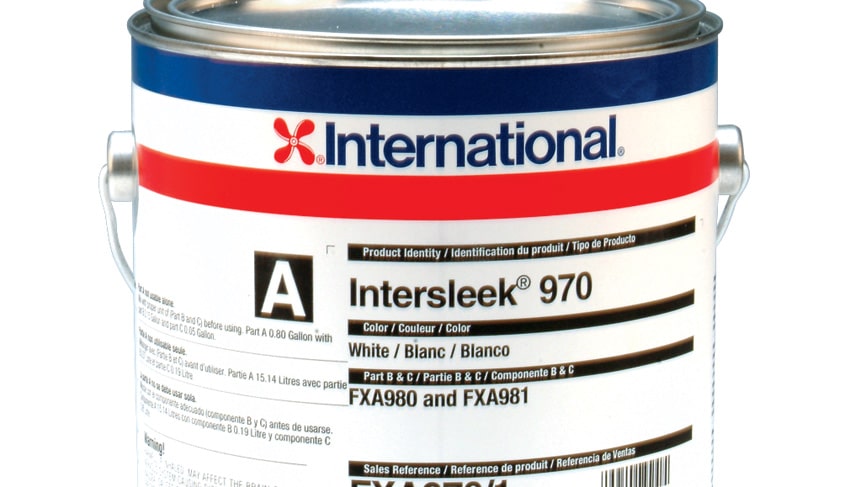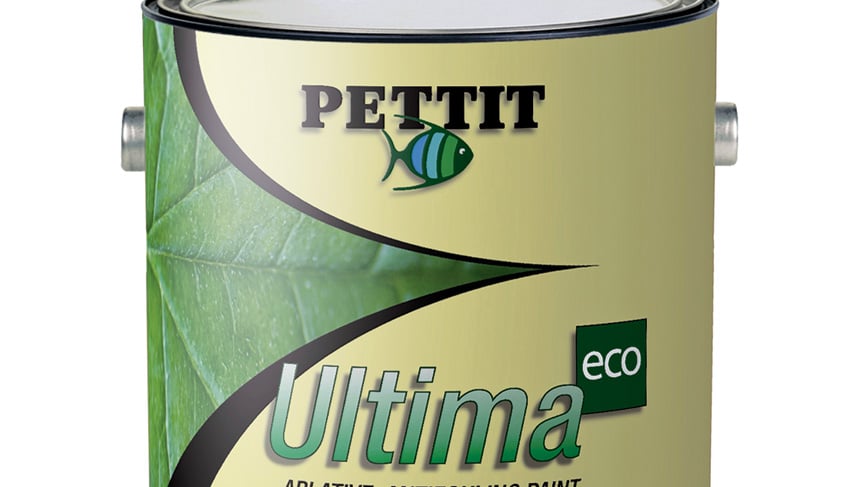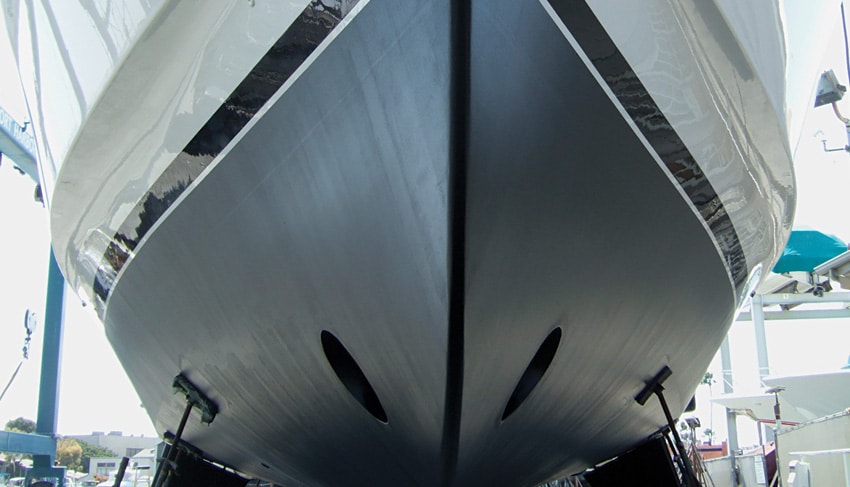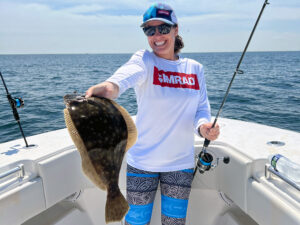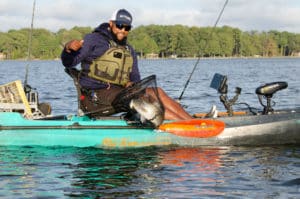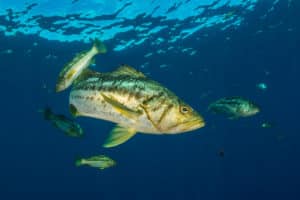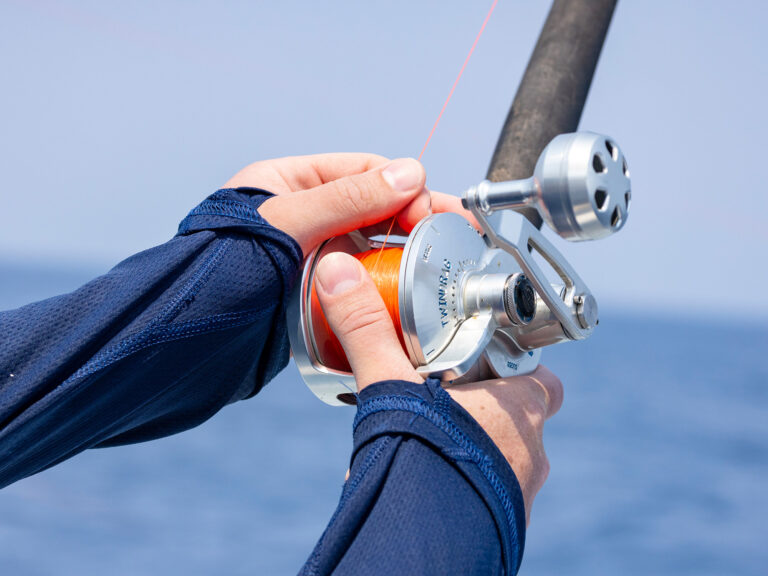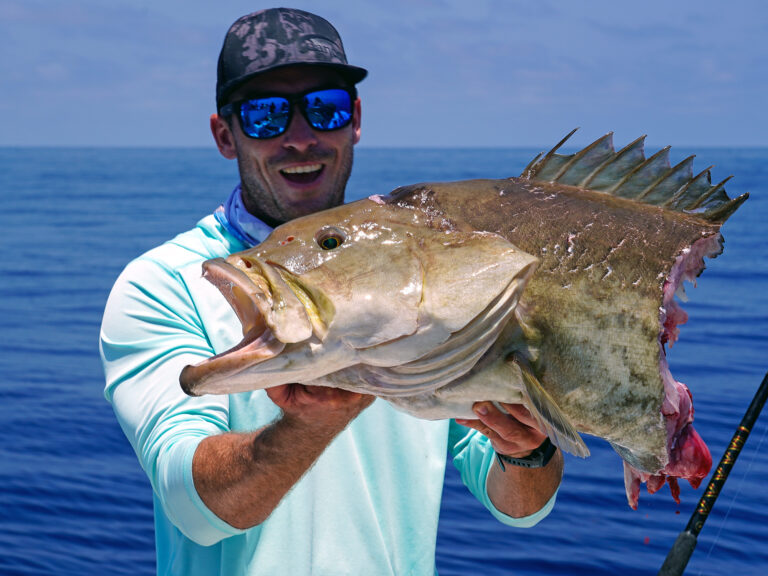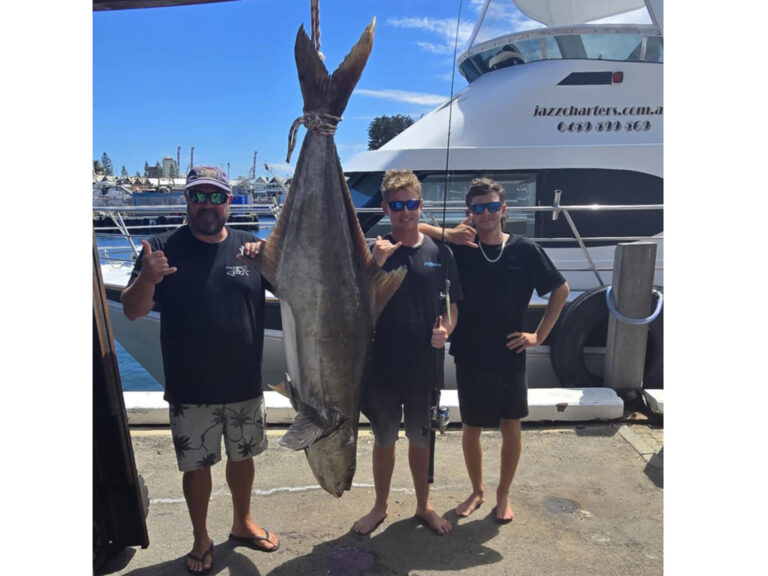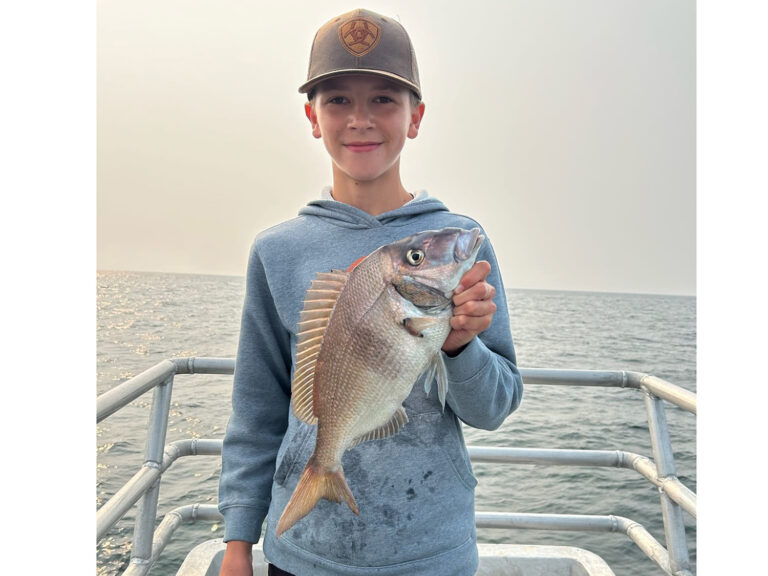For centuries, copper has protected hulls from the bane of mariners: marine growth below the waterline, known as fouling. Wood sailing vessels were sheathed in copper, as the metal is an outstanding “biocide,” a mild toxin that deters the growth of algae, worms, mollusks, barnacles and other organisms.
For the same reason, copper has long been a key ingredient in many anti-fouling paints. It effectively reduces fouling that can impair a boat’s speed and fuel efficiency due to excessive drag.
Today, however, copper is getting a bad name. The qualities that make it a good anti-fouling agent also make it unhealthy for marine ecosystems, particularly as it dissolves and accumulates in relatively high levels in basins and marinas.
In some harbors, water quality agencies have found copper levels exceeding the U.S. Environmental Protection Agency’s standards for health of the marine environment.
This has resulted in regulations that will restrict copper-based paints and bottom cleaning in locales such as California’s Port of San Diego and throughout Washington. These likely foreshadow even more laws restricting or eliminating the biocide from waters around the country.
Alternative Thinking
Once faced with a copper restriction — or perhaps an eco-driven moral dilemma — the big question for a boating angler is: What should I use instead?
“There are effective alternatives to copper-based paints, and there will be more in the future,” said John Ludgate, general manager for New Jersey-based Pettit Marine Paints (www.pettitpaint.com).
There are two main alternatives right now. One is biocide-free paint, such as International Intersleek 970 from New Jersey-based Interlux Yacht Finishes (www.yachtpaint.com), a fluoropolymer coating that essentially creates a super-slippery finish on which marine organisms have a tough time gaining a secure foodhold. These types of paints are also called “foul-release” coatings.
Marine growth might attach, but once the boat moves through the water, the growth sheds away. Hulls become self-cleansing, which is great for boats that run a lot, such as charter boats.
Unfortunately, the average recreational-fishing boat is not running every day, and so marine growth can get out of hand if the boat’s tied to the dock for days or weeks, unless the hull is scrubbed frequently. Consequently, maintenance can become a bigger issue with this type of paint. Also, these formulas require a highly specialized painting process that can be more expensive than regular bottom painting.
Eco-Friendly Agent
The other alternative is paint with a biocide other than copper. There are paints that use zinc compounds, but some believe that this heavy metal is not much better for marine ecosystems than copper.
The biggest development in biocides is ECONEA, a metal-free anti-fouling chemical agent developed by New Jersey-based Janssen Pharmaceutica (www.janssenpmp.com). It is supplied to paint manufacturers as an ingredient in anti-fouling paint formulations such as Interlux Pacifica Plus and Pettit Ultima Eco, though both also use zinc compounds as anti-slime agents.
According to Janssen, ECONEA will not accumulate in the marine environment, as it rapidly decomposes, becoming biodegradable. In addition, unlike copper-based paints, ECONEA-based paints will not cause galvanic corrosion if applied to aluminum hulls, drives, outboard lower units and brackets.
The metal-free compound also allows for brighter colors in bottom paints. What’s more, ECONEA weighs less than copper additives, resulting in a lighter boat for greater fuel efficiency and fishing range.
While ECONEA is approved by the EPA, each specific paint formula containing this biocide must also meet with EPA approval, as well as the approval of each state in which it is sold.
“Eventually, we will have entire families of paints containing ECONEA,” said Ludgate. “But until we get through the R&D and regulatory process, the selection will be limited.”
According to Janssen’s research, ECONEA is more effective in preventing marine growth than copper-based paints containing cuprous thiocyanate, and equally effective as paints containing cuprous oxide.
However, according to Ludgate, ECONEA works most effectively in ablative anti-fouling paint formulations versus hard “contact leaching” paints.
While ECONEA might be kinder and gentler to marine ecosystems, this agent adds about 10 percent to the price of a comparable copper-based paint, according to Ludgate. However, Janssen claims that ECONEA-based paints can extend the time between repainting versus copper-based paints, and the need for in-water hull cleanings might be eliminated, so there might be savings in maintenance.
While it will be years until copper-based anti-fouling paints are completely banned, it is good to know that more eco-friendly alternatives now exist — and more are coming — in case you want to make your boat’s bottom both clean and green ahead of schedule.
Contact Leaching vs. Ablative Paints
There are basically two methods for releasing biocide from anti-fouling paints. One is called contact leaching, a process that takes place in “hard” paints such as Interlux Ultra and Pettit Trinidad VOC, both of which are copper-based and use modified epoxy formulations.
These steadily release or leach biocides upon contact with water. While the paint does not wear away, effectiveness diminishes over time, so periodic reapplication is needed. These coatings can also lose anti-fouling qualities if the boat is removed from the water for a period of days or weeks. So this paint is not a good choice for trailer boaters who might want bottom paint applied for keeping the boat in the water occasionally.
The other type of anti-fouling paint with a biocide is called ablative, which means the coating sloughs off or “ablates” over time, continually exposing fresh layers of biocide. Ablative paints include Interlux Pacifica Plus and Pettit Ultima Eco, both of which are ECONEA-based formulas, though both also use zinc compounds as anti-slime agents. Since ablative paints are designed to slough away, periodic recoating is required.
This type of paint is the best choice for trailer boaters who want to keep the boat in the water occasionally, or for someone who slips his hull but might want to trailer it from time to time as well.
